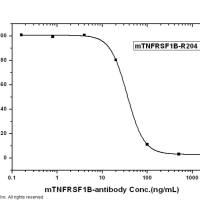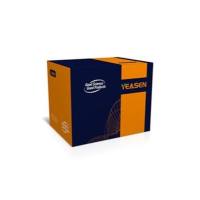Southwestern Blots for Detection of a DNA Binding Protein Recognizing the α1B-Adrenergic Receptor Gene Promoter
The α1B -adrenergic receptor (α1B -AR) is a G-protein-coupled receptor that plays a key role in the sympathetic regulation of a variety of physiological processes, such as cardiac and smooth muscle contractility, contraction of the spleen, liver glycogenolysis, melatonin secretion by the pineal gland, and cell proliferation and hypertrophy (1 ). Expression of the α1B -AR gene is controlled by hormonal and developmental factors in a complex, tissue-specific manner. In order to clarify the molecular mechanisms of its transcription, we have cloned the rat α1B -AR gene and identified its promoters and the cis -acting elements in its 5′ regulatory domain (2 ). Footprinting analyses using liver nuclear extracts have revealed a strongly protected region between −490 and −540 (oligo II) within the P2 promoter region (3 ). Further experiments identified the nuclear protein bound to this region as nuclear factor-1 (NF1) or a closely related protein by using Southwestern blotting, DNA affinity chromatography, UV crosslinking of proteins to DNA, methylation interference analysis, and DNA gel-mobility shift assays (4 ). All of these methods are based on the specific binding of protein transcription factors to DNA, but they differ in their respective roles in the characterization of transcription factors. For example, Southwestern blotting is used to estimate the molecular mass of a transcription factor. The successful detection of transcription factor binding in a Southwestern blot is also a prerequisite for using DNA affinity chromatography and screening of an expression library with DNA probes in the subsequent purification and isolation of the transcription factor.
![预览]()






